It's 6:00 in the morning and your alarm clock is ringing earlier than usual. It's not a glitch: Smart Clock has scanned and adjusted your schedule because you have that big presentation first thing tomorrow morning. The shower turns on automatically and heats up to the desired 28°C. The electric car is ready to go, charged by solar panels or a wind turbine on the roof. When you return home later, an unexpected package, delivered by a drone, is waiting for you. They open it to find a cure. Turns out the health sensors built into your bathroom detected signs of impending illness and automatically placed the order. Good thing you already knocked that presentation out of the park.
At the very least, it's a utopian version of the smart home that's been around for 10 years. Swedish research firm Berg Insight says that by 2022, 63 million U.S. households will qualify as "smart," from internet-connected light bulbs to cameras that let us spy on pets from the office (by 2018, there will be nearly 130 million households in the United States). But in a decade, experts say, we'll go from turning lights on and off with our voice to total immersion in the Internet of Things (IoT). With advances in artificial intelligence, the smartest homes will be able to truly know their owners or occupants and anticipate their needs. Advances in robotics will provide us with machines that will help us clean, cook and much more. New sensors will watch over our wellbeing. At the heart of it all will be the data that smart homes will collect, analyze and work to transform the homes of the future from a mere collection of appliances and accessories into truly "smart" homes.
All this automated attention will come at a high price: Consumers will spend $123 billion on IoT equipment by 2021, according to consulting firm ABI Research, and that number is likely to rise thereafter. In addition to IoT-enabled TVs, manufacturers are pouring their R&D and marketing budgets into home surveillance and security devices - by 2023, they will have a 22.6% share of the smart home market, according to research firm IDC, with smart speakers and lighting estimated at 15.4% and 11.8%, respectively. According to research firm IoT Analytics, there are already at least 7 billion connected IoT devices. However, as smart home technology becomes easier to use and its benefits become clearer, the industry is poised for growth. "Sustained growth is expected to continue ... as consumers use multiple devices in their homes and the global availability of products and services increases," - IDC said.
Of course, the more they learn about us, the more important it will be to keep our homes safe. Every device connected to the Internet is a potential target for hackers. When we're talking about devices that can unlock our homes remotely, peek into our living rooms with cameras, and collect our most sensitive and personal data, cybersecurity becomes even more important. According to Daniel Cooley, chief strategy officer at electronic component maker Silicon Labs, any type of mass breach that deters consumers could be disastrous for the industry. "I call it mass extinction for the Internet of Things," he says.
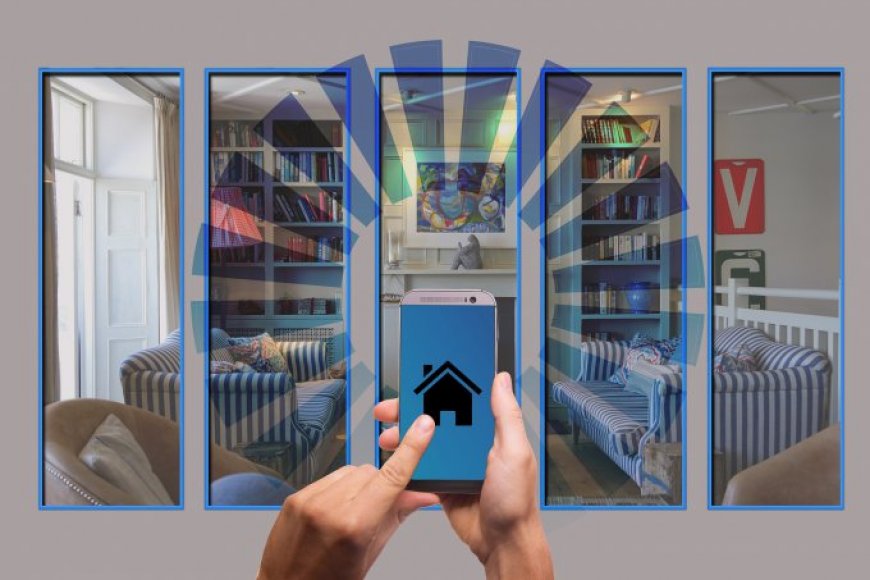
Many technological advances will take smart home technology well beyond what is currently available on store shelves. Innovations in artificial intelligence, for example, could turn almost everything in our lives upside down, including our homes. Maybe you already use some sort of AI-driven voice wizard to get the latest news or weather forecast every morning. But in the smart home of the future, these AI platforms could serve as the brains for entire homes, getting to know their occupants and coordinating and automating all of their various smart devices. IoT company Crestron, for example, is working on software that tracks a person's habits, such as what music they listen to in the morning or what lights they want on at a certain time of day. Once it understands the user's preferences, it automatically plays exactly the right playlists or dims the lights before bed. "This is really the next evolutionary step in true automation," says John Clancy, head of Crestron's residential division.
Robots will also play a role in the smart home of the future. Smart vacuum cleaners like iRobot's Roomba are already taking over for us, and products like Aibo, a robot dog for kids, show how they can keep us company like a pet. And what about the future? Robot furniture company Ori Living has partnered with Ikea on pieces that change as needed, moving a bed out of the way when you need a desk, or hiding a closet when it's time to eat. Design firm Design3 recently introduced a smart home robot concept, CARL. The fabric-covered bot is designed to slowly roll through your home and activate its retractable cameras and sensors to detect intruders, report harmful emissions, or keep an eye on your pet. And computer graphics company Nvidia is working on a smart robotic arm that can act as a personal chef, taking care of everything from slicing and dicing vegetables to helping with cleanup; this could be especially useful for busy parents or disabled users. If such a device were to go into production, cameras and sensors could help ensure that it doesn't accidentally injure an innocent bystander who is on their way to the fridge for a quick snack before dinner.
It's very likely that one day you'll end up with a networked home, whether you plan to or not. Architect Michael Gardner, founder of Luxus Design Build, says homes are increasingly being built "smart" from the ground up. "It's such an integral part of the home that we're designing it from the ground up, where before technology was always just an afterthought," he says. Eventually, experts say, people will view smart home technology as just as important as electricity, cooling or air conditioning. Smart home technology and the data it collects will be "like plumbing," says Cooley of Silicon Labs, an electronic component manufacturer. "You're going to rely on it."


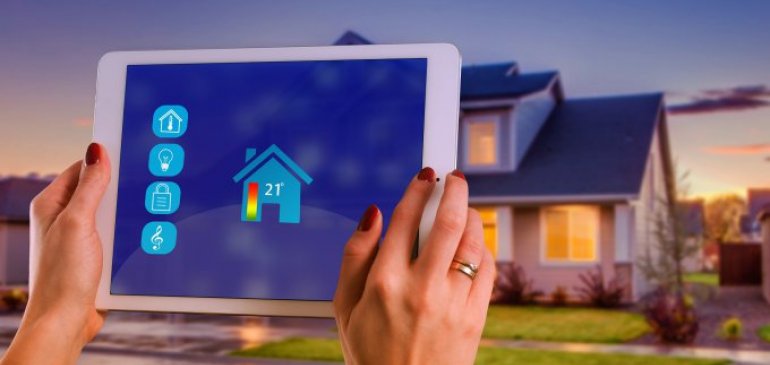
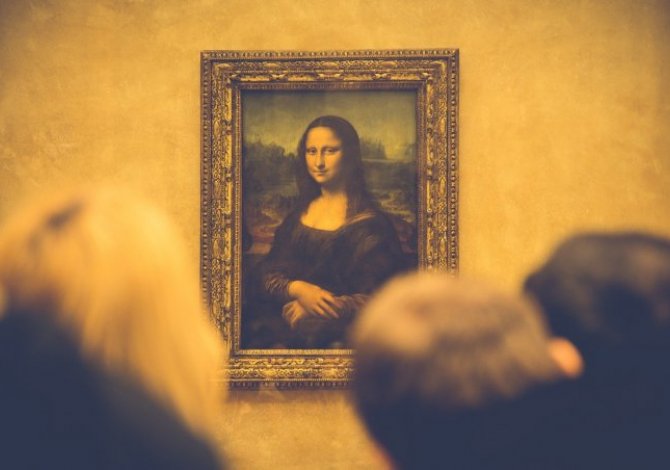
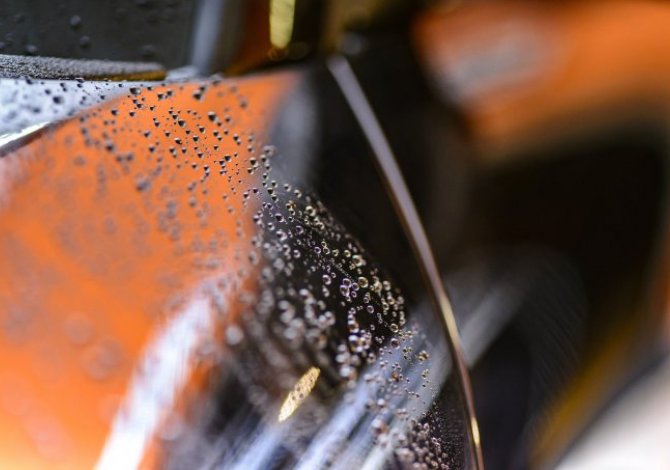
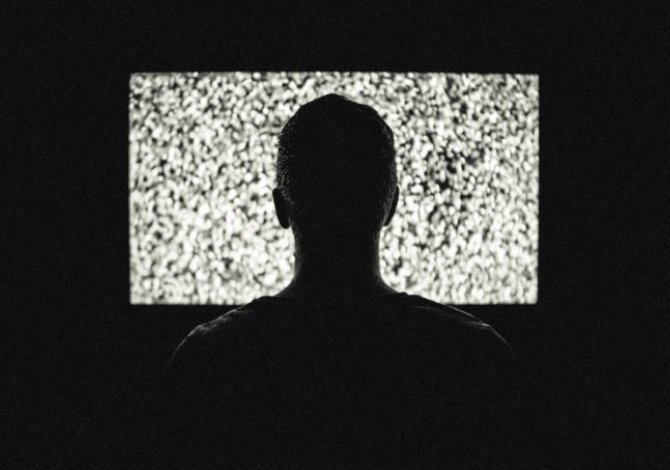










Comments (0)